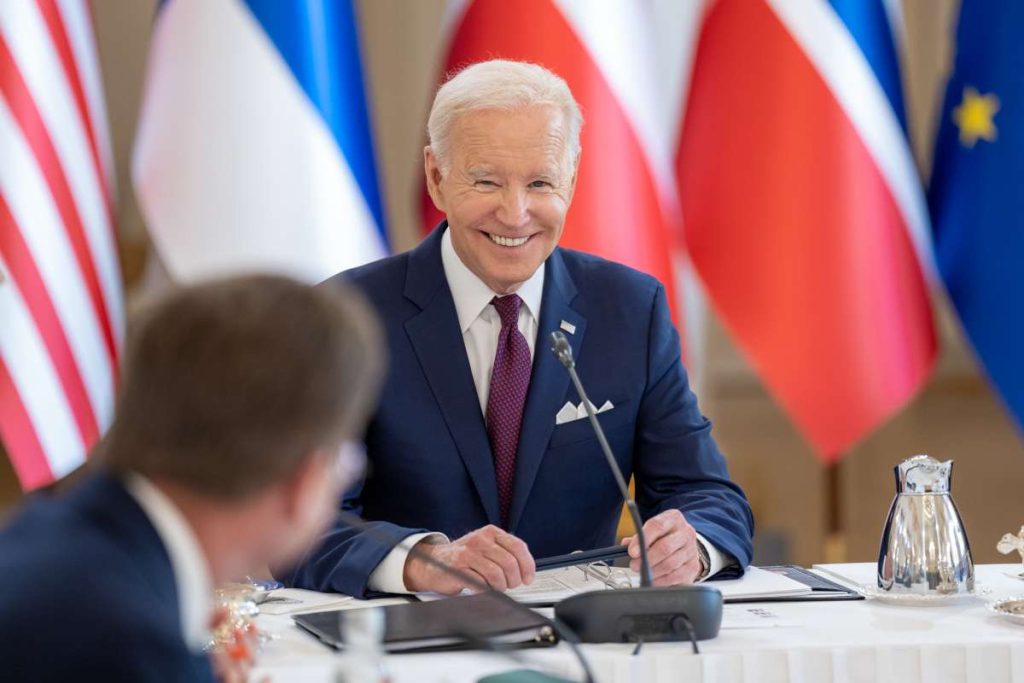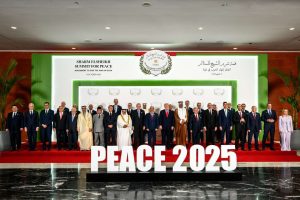India moves from slow to steady and fast to fastest economy in the world. India has become the fastest moving economy among major economies; Consumption driven economy PFCE as % of GDP at 56.9%. Other highlights are: US$ 100 billion FDI destination by 2023/24; US$ 5 trillion economy by 2026-27; Third largest economy by 2029-30; US$ 1 trillion merchandise exports by 2030 and US$ 1 trillion service exports by 2030
India is becoming more and more lucrative in the Global Economic Charts as the economy is projected to grow significantly faster than China in the next many years with an enhanced size of the economy at US $ 4 trillion in 2024-25 and US $ 5 trillion by 2026-27 and a third largest economy by 2029-30.
Over the last three years, the global economy has been navigating successive high[1]amplitude shocks: the COVID-19 pandemic waves; protracted geopolitical hostilities; rapid monetary policy tightening; and the recent banking issues in the advanced economies. Despite these heightened uncertainties and formidable headwinds, the Indian economy has shown great resilience in the global economic charts.

The long-term growth story of the Indian economy reveals that the Indian economy moves from slow to steady and then fast to fastest. The growth trajectory in the 21st century has become more robust with a sharp recovery from the Lehman crisis of 2008-09 and the coronavirus crisis of 2020-21. The recent growth trajectory has built more aspirations about India’s strengths not only by the people of India but also by prestigious organisations such as IMF saying that India is a bright spot in the global eco-system.
The growth forecast for India by various prestigious organizations is promising. The plethora of structural reforms undertaken during the last many years has not only rejuvenated the Indian economy from the daunting impact of coronavirus but also strengthened the economic fundamentals to cope up the recent geo-political developments. Going ahead, according to the recent IMF data, during the period (2023-28), India will be a growth leader among the top ten economies with a growth rate of 6.1% (2023-28 average) followed by China with a growth rate of 4.1%, which is significantly below by 2 percentage points.

The performance of key economic and business indicators reflects that the Indian economy has resumed its normal growth trajectory and the economy is poised to enter a new growth orbit invigorated by unrelenting support from the Government, RBI and Industry. The economic growth trajectory is expected to be stronger in the coming years on the back of various reforms undertaken by the Government during the last three years. The reforms have laid a strong foundation for a higher growth trajectory in the times ahead.
According to recent IMF estimates, India’s size of GDP is projected to reach more than USD 4 trillion by 2024 and USD 5 trillion by 2027. Accordingly, the per capita income will increase from USD 2601 in 2023 to 2802 in 2024 and 3720 in 2028.

The pace of economic activity is expected to remain strong on the back of various structural reforms undertaken by the Government during the last 3 years. Continued economic reforms will further strengthen the economic fundamentals of the country to maintain a high economic growth trajectory in the coming years. Strengthening India’s connectivity with Global Value Chains (GVCs) will help to improve supply-side bottlenecks, reduce costs of doing business and address inflationary pressure. Enhanced competitiveness of the Indian economy will attract more and more investments and create more employment opportunities for the growing young population in the country.
India has its fair share of challenges in maintaining its steadily rising growth rate. The Indian policymakers are aware of the need to focus more on the manufacturing sector. Today, India like other emerging economies is facing high costs of borrowing, and high prices of raw materials which have impacted the price–cost margins of the producers.
India is assiduously pursuing reforms in regulations related to business. More grounded ease of doing business with robust single window clearance systems will reduce costs of doing business and ease compliances. These reforms will further strengthen the growth trajectory and India’s place and image in the global ecosystem.








